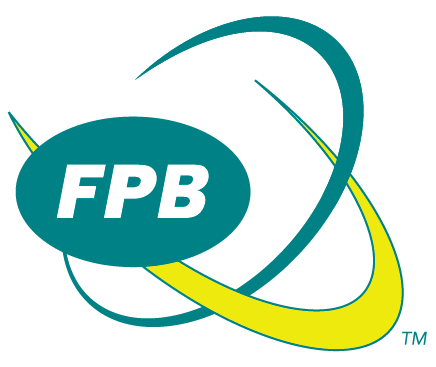The Frankfort Plant Board is in the business of public health and our drinking water is safe, high-quality and meets all regulatory standards. The EPA has issued new health advisory levels to manage the risk for a group of man-made chemicals in drinking water called PFAS (Per- and polyfluoroalkyl substances).
We want to explain EPA’s action and describe the Frankfort Plant Board’s ongoing efforts.
+ What are Per-and Polyfluoroalkyl Substances (PFAS)?
Since the 1940s, PFAS compounds have been extensively used in the manufacturing of cookware, carpets, clothing, fabrics for furniture, paper packaging for food and other materials. They are also used for firefighting and in industrial processes. The EPA says most people are exposed to these chemicals through consumer products. However, drinking water can be an additional source of exposure in communities where these chemicals have entered the water source.
EPA regulates the safe levels for hundreds of compounds in drinking water but there is no current federal regulation for PFAS. PFAS are a large family of compounds, up to 5,000 chemicals. EPA is focused on a small number of these compounds that may have health effects at very low concentrations, two of which are Perfluorooctanoic acid (PFOA) and Perfluorooctane Sulfonate (PFOS).
The EPA says most uses of PFOA and PFOS were voluntarily phased out by U.S. manufacturers in the mid-2000s. However, there are a limited number of ongoing uses. These chemicals remain in the environment due to their persistence and the inability to degrade to the point that they are commonly refered to as "forever chemicals".
+ What is the EPA’S New Health Advisory and what does it mean?
Drinking water health advisories (HAs) are intended to provide an estimate of the minimum concentration of a compound that may result in adverse health effects over a lifetime. EPA’s health advisories are not regulatory levels and are not a federally enforceable health-based limit.
EPA first issued a health advisory level for PFOA and PFOS in 2016 at 70 parts per trillion. Because of further research and as EPA determines its regulatory approach, it has created a lower health advisory. in June of 2022, EPA set new Interim Health Advisory Levels for PFOA at 0.004 parts per trillion and 0.02 parts per trillion for PFOS. These are microscopic levels, trace amounts. For perspective, 1 part per trillion is equal to 1 drop in 500,000 barrels of water or 30 seconds in 1 million years. These new health advisories are also below current reliable detection abilities of scientific equipment (Scientists can currently detect PFAS compounds at 2 parts per trillion.)
+ What are the PFAS levels in FPB’s Water?
In 2019, the Kentucky Department for Environmental Protection (DEP) conducted a study on the occurrence of eight Per- and poly-fluoroalkyl substances (PFAS) in a representative sample of 81 public drinking water plants (WTPs). Based on the results of this study, one or more PFAS were detected at 72% of the surface WTPs sampled and 26% of the ground WTPs sampled. The most frequently detected analyte was PFOS, which was identified in 33 samples.
Of the eight PFAS analytes tested, PFOS was detected in FPB’s water at 1.35 (ppt), well below the EPA’s health advisory of 70 ppt at that time. However, as noted above, the EPA issued new interim health advisory limits that substantially lowered the health advisory on PFOS to 0.02 ppt.
Although FPB’s 2019 PFOS level is above the new interim levels, keep in mind these advisory levels are not regulatory levels and FPB water is still within compliance of all current drinking water regulations. When the EPA finalizes an enforceable maximum contaminant level (proposed regulation expected in Fall 2022), public water systems typically have 3 years to comply with the new rule.
+ What is FPB doing about PFAS?
PFAS research and the understanding of “safe” levels of PFAS exposure continues to evolve. Even the laboratory methods used to characterize PFAS levels are not adequate to determine the levels contained within the new health advisory. Ongoing monitoring and research will be required at a local, state and national level. And it will be challenging.
That said, here are several steps that FPB will be taking:
*Continue to coordinate and collaborate with state and federal regulatory agencies regarding ongoing research and rule making developments.
*Promote open and honest communication regarding PFAS.
*Examine strategies to reduce levels of PFAS compounds as the EPA develops drinking water standards (proposed regulation expected in Fall 2022).
If you have questions about PFAS, please contact Shannon Young, FPB’s Laboratory Manager, at syoung@fewpb.com or 502-352-4349.


